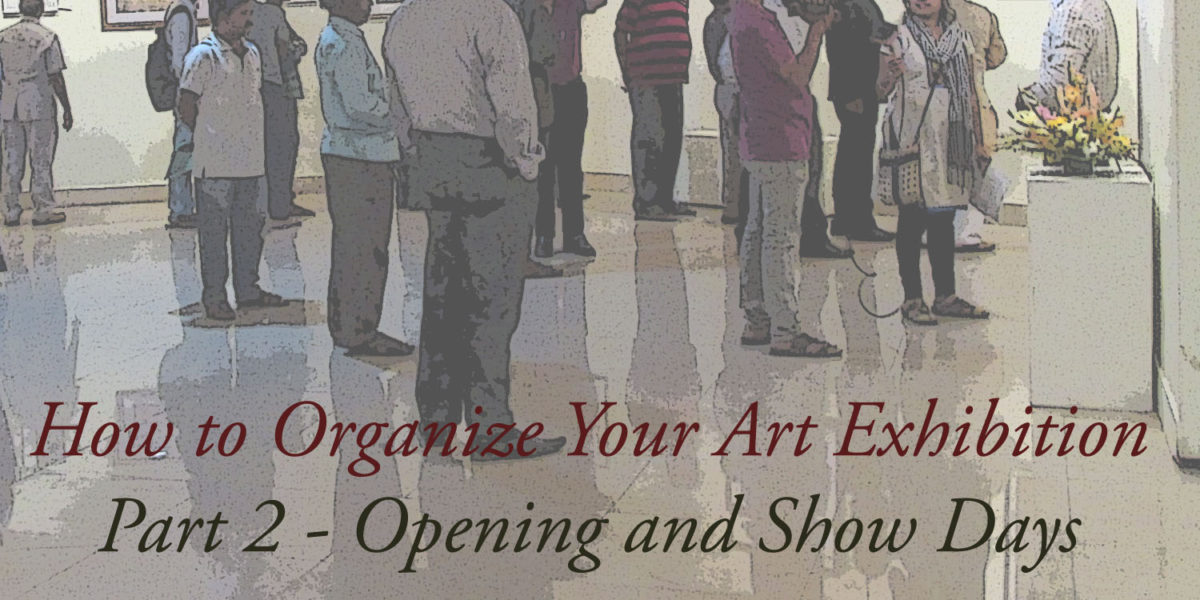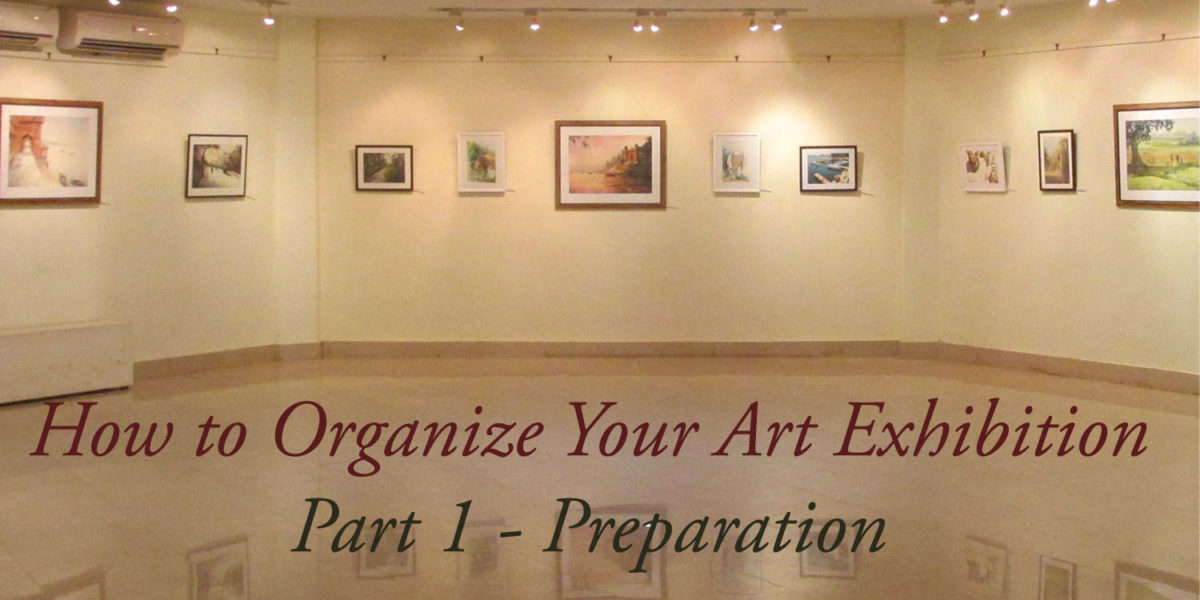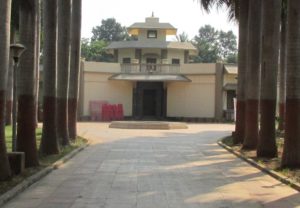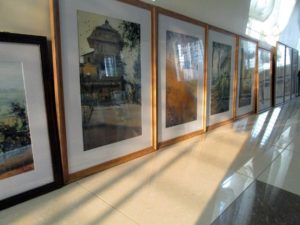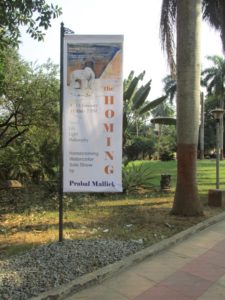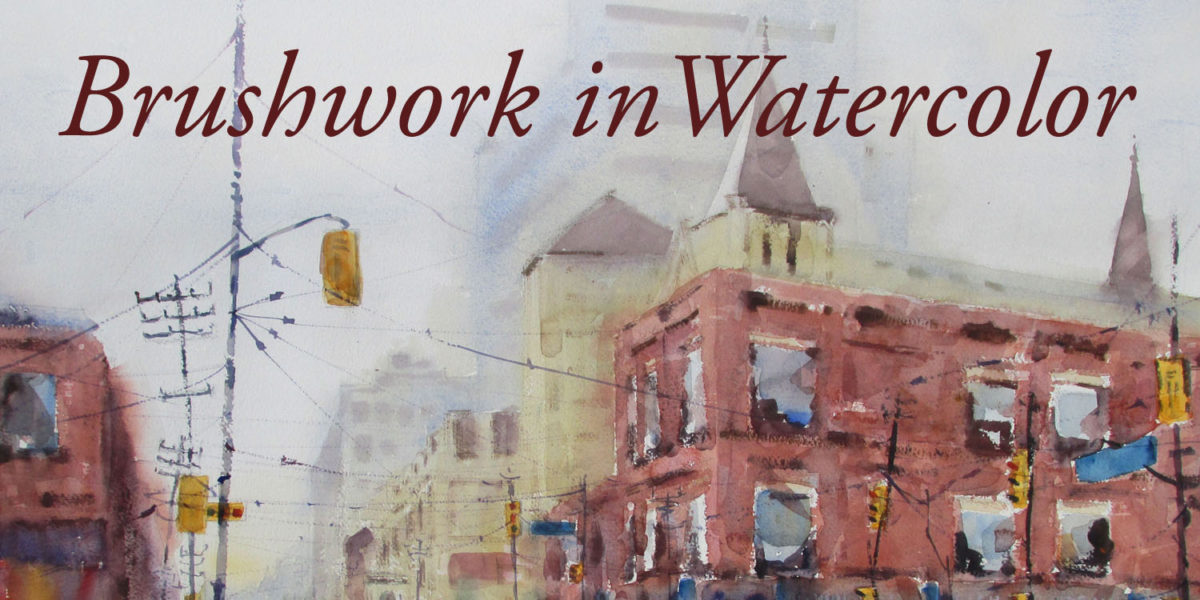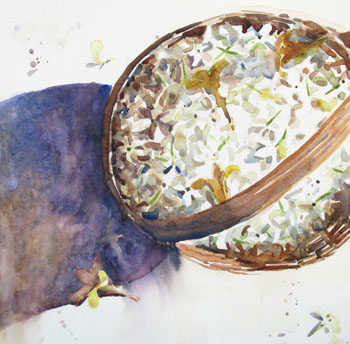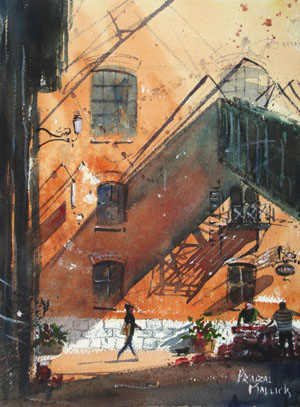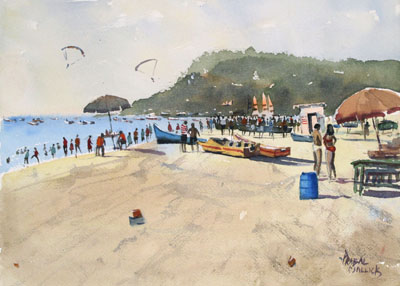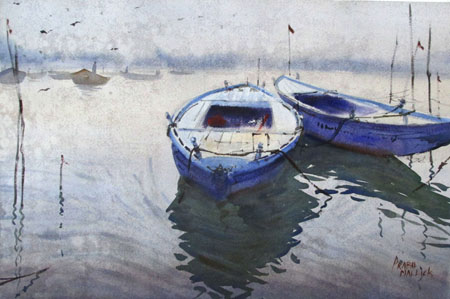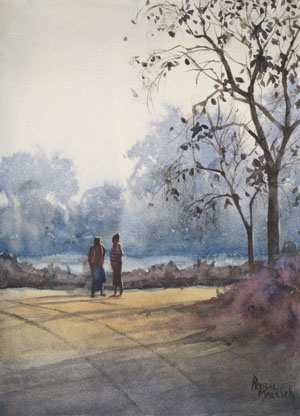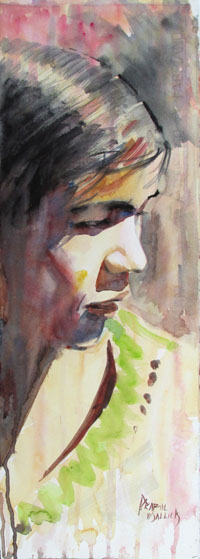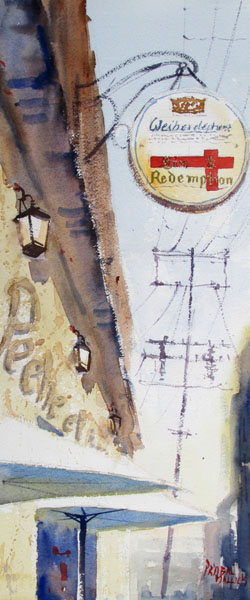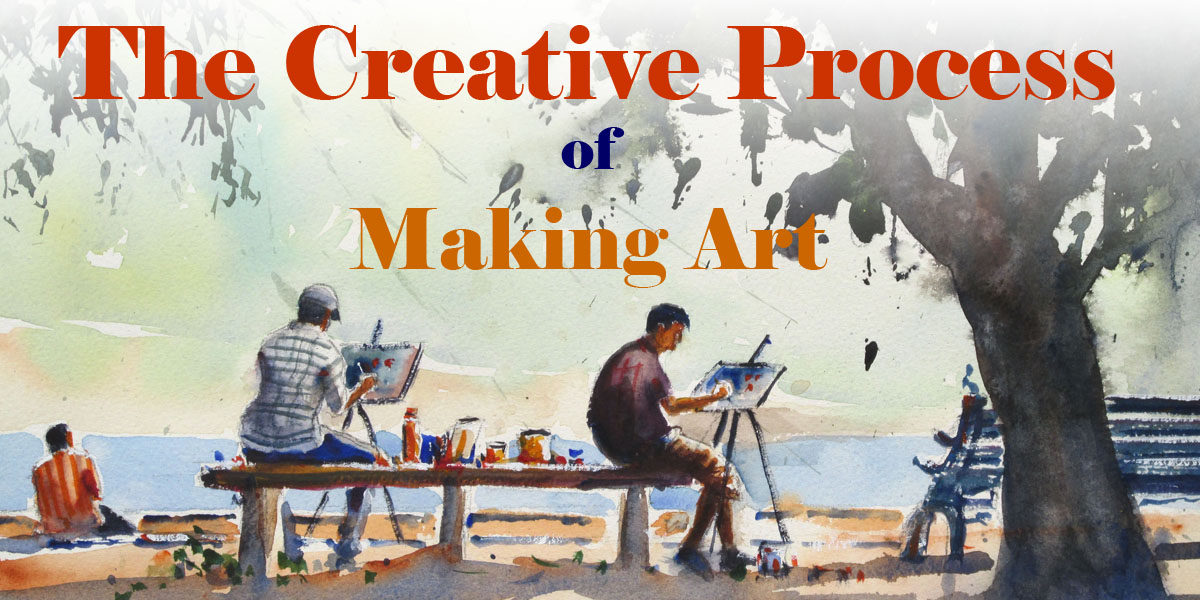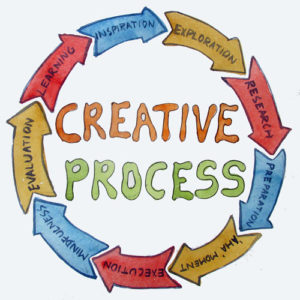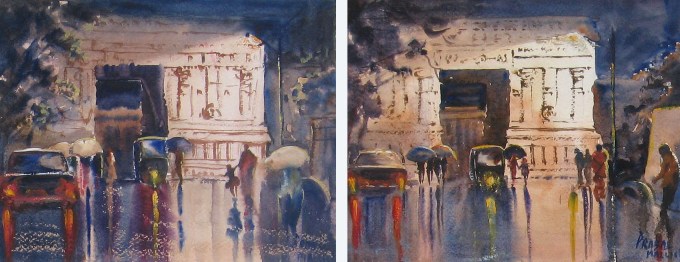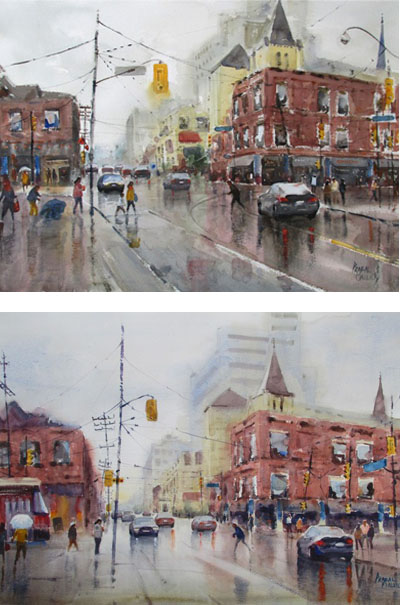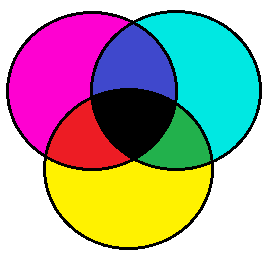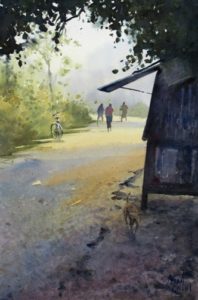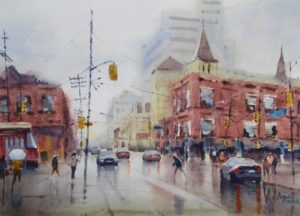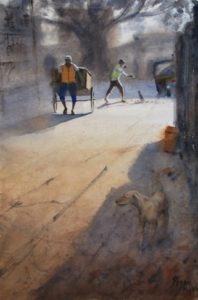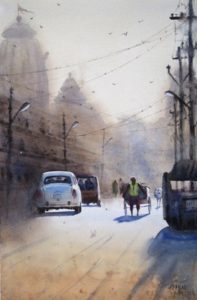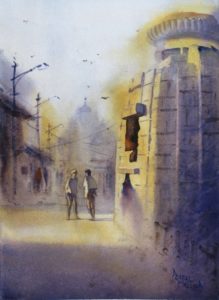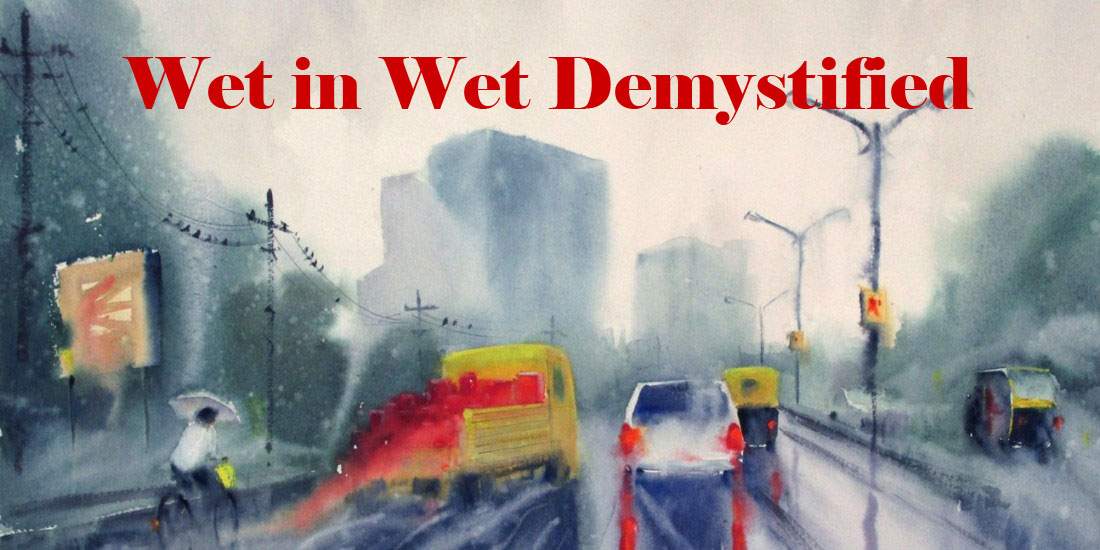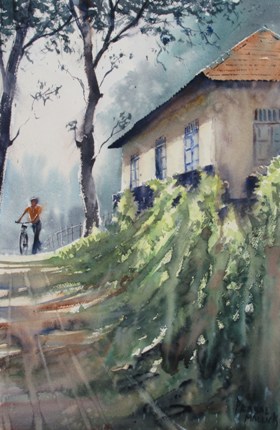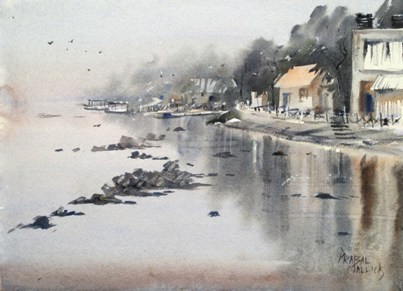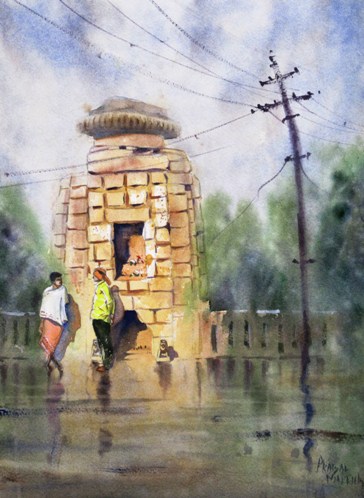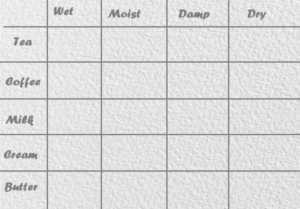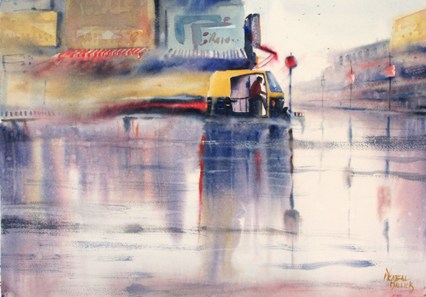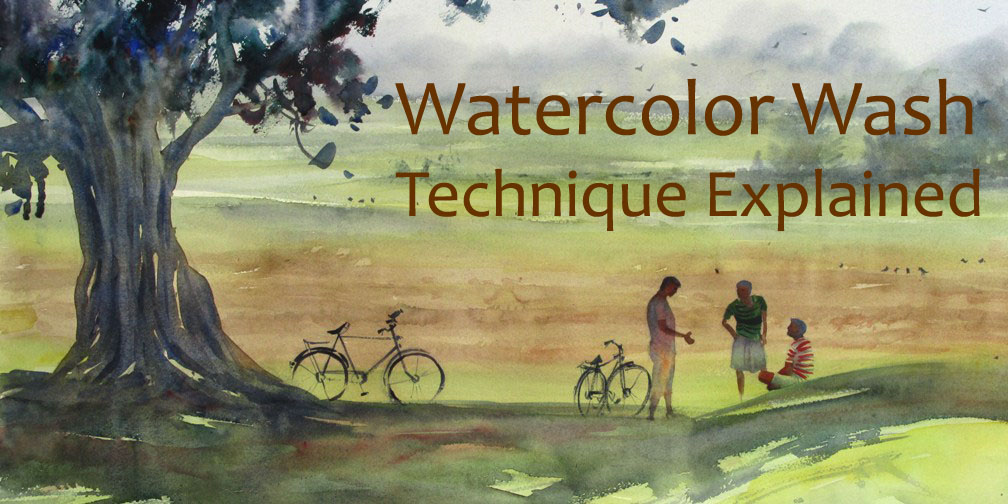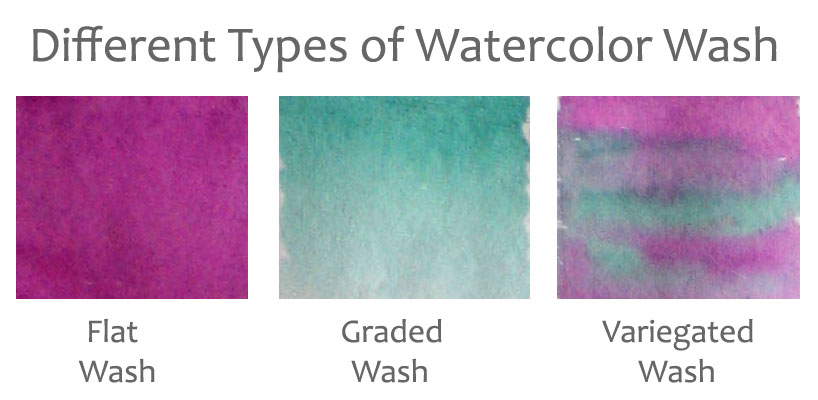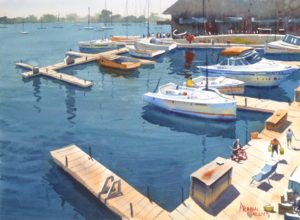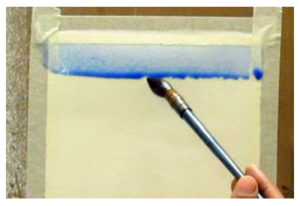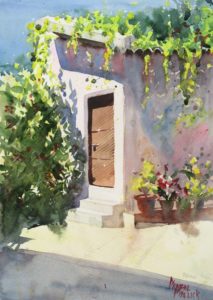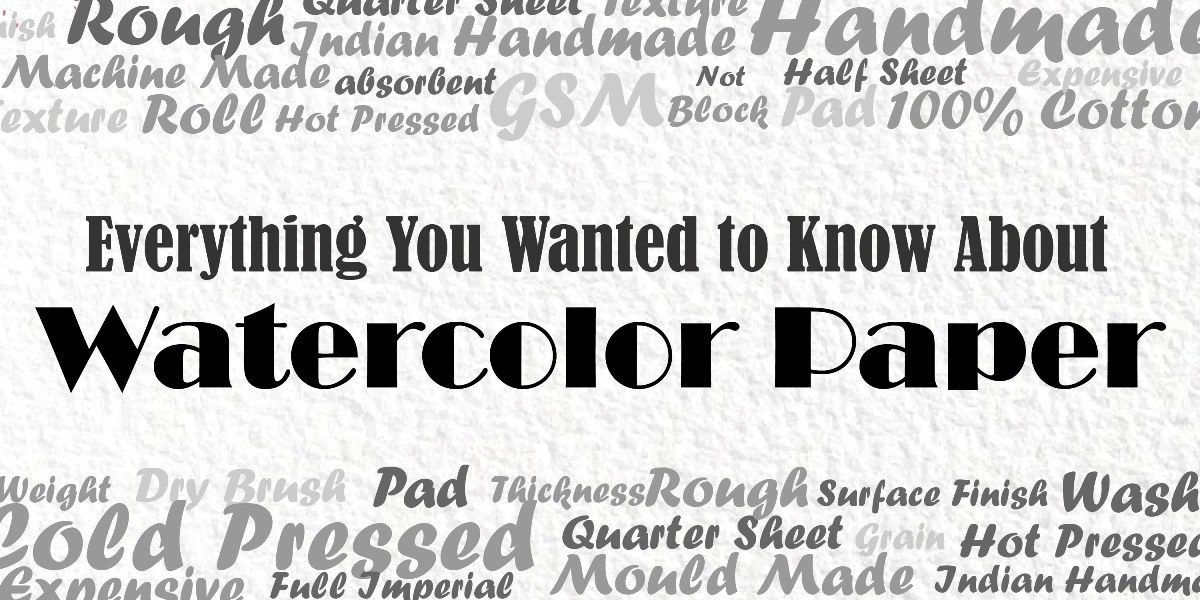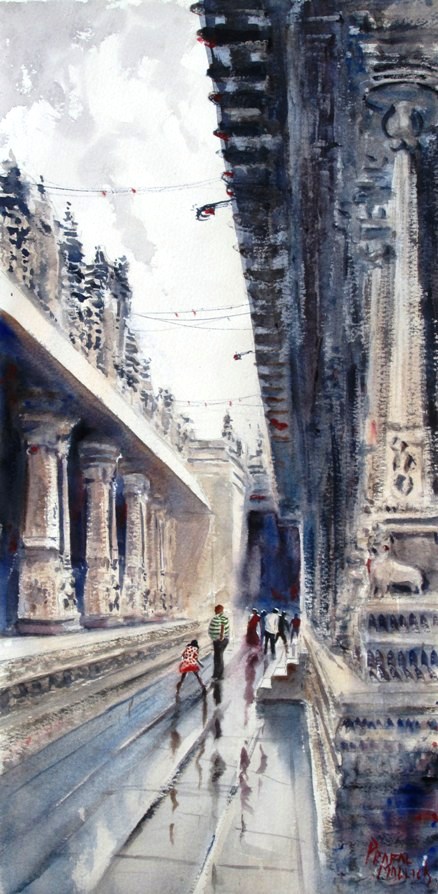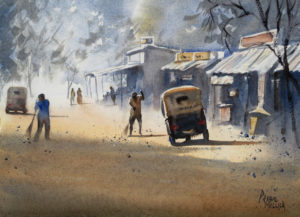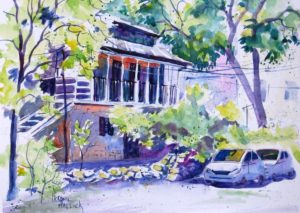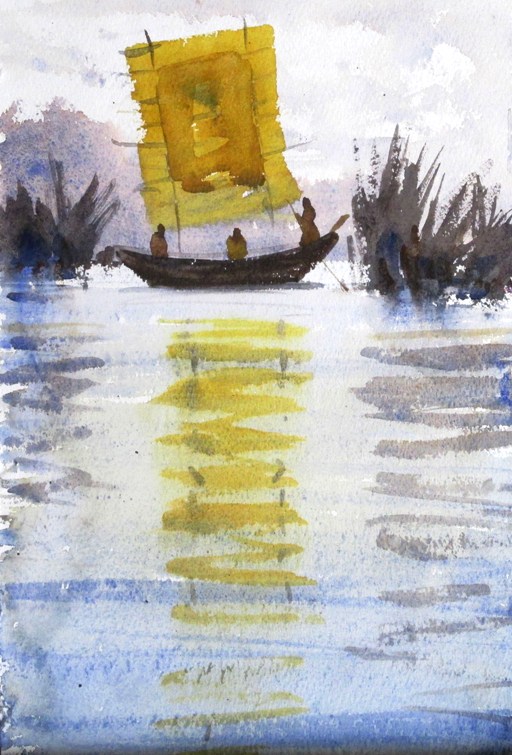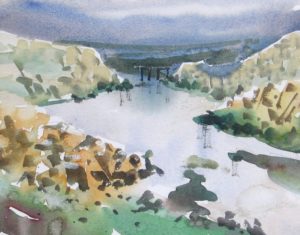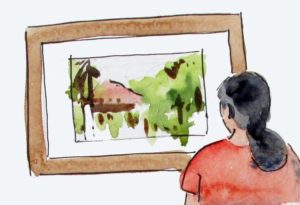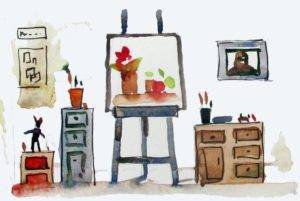In the first part of this series of posts on How to Organize an Art Exhibition I talked about how to go about planning, preparing and promoting your show. In this post I’ll guide you on how to be prepared for the Opening day and conduct rest of the exhibition days.
The Week Before the Art Exhibition
Follow up
So in no time you find yourself staring at the week leading to your exhibition. You have planned and prepared well. Your promotion of the show is also going on fine. But don’t just relax yet. And if things have not gone as per plan, then do not just lose heart. Put whatever you have got into this week and you should mostly be fine. This week is about follow ups. Its about making sure that everyone who has a role to play in your art exhibition is gently reminded of his role. Visit the gallery and talk to them about when you’ll be ready with the art works and chalk out a display plan. Check who will be there to help you with everything including display, administration, lighting, seating arrangement etc. Talk to them and chalk out a plan and keep all stakeholders well informed about the plan. Check with your esteemed guests for the opening day again and check if any conveyance arrangement has to be done for any of them. Communicate the time of the opening of the show again. Send a gentle reminder to members of the press.
Food and Drink
Check with a good local caterer and book them for your show for refreshments. For this you need to make a rough estimate of the number of guests that you are expecting. Don’t make a conservative estimate. Make a positive estimate. Expect everyone to come. Because it is okay to have extra food at the end of the show rather than not having enough food for everyone. Again put the caterer in touch with the gallery and let them work out other logistics between them.
Who will host the show?
If you have hired a curator then she will in all probabilities anchor the opening day function. And in most cases the galleries themselves conduct the opening day function. So just check with the gallery. In case they are unable to conduct, then you’ll have to find a person who can be the master of the ceremony for your opening day function. And it helps a lot to have a professional on this. You also need to get a brief introduction on all your chief guests and hand it over to the person conducting the opening ceremony.
Time to print the catalog
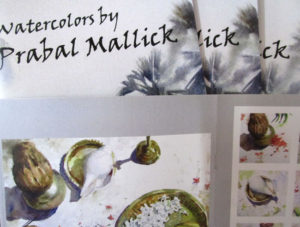
This week is also the week when you get the catalog printed. All the participants of the show have to finalize their works by this time and you have to have designed the catalog by this time. If any last minute changes need to be done to the catalog it needs to be done now and it should go for printing at the beginning of the week. You really can not leave it to the last day.
This week is the week when you’ll have to make final adjustments to everything. May be one of your guests backs out, may be the framer has still not procured the frame of your choice, may be you have run out of invitation cards or it could be some other crisis situation. Just don’t lose your cool. Keep calm and handle the situation.
The Day Before the Show Opens
Make a Checklist
No matter how many exhibitions you have done, the opening day is bound to make you a little nervous. And these jitters can spoil the party very easily. One of the ways you can handle the situation by creating a checklist and ticking each item off as it gets done. Your checklist will have things like following up with your caterer, curator, esteemed guests, having price list, catalog, guest register in place, not forgetting to carry your written speech and the pen drive having music that you have selected for the show. Take time and do a thorough checklist to have things in control for the opening ceremony.
Display of the Works
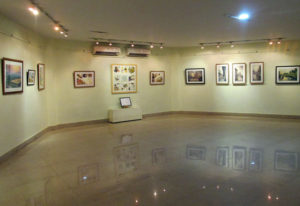
Paintings need to be put up a at least day before the show begins. In case a show is already running before your exhibition begins, the paintings will get put up in the night before the opening day. Do not leave this task to the opening day. Even if it gets late in the night get it done a day earlier. You need to be present when the display is in progress so that you get it done as planned and as you want to see it. It also helps to have a couple of your friends with you to get a second opinion for the display. You will invariably need to do some adjustments according to the lighting, viewing points and actual display options available (against what what was communicated to you earlier). So be present when display is in progress.
Make a Press Release
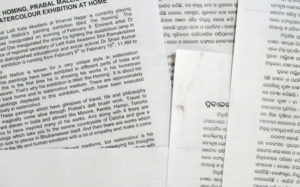
You need to do an official press release for the show. It can be done a day before the show. But I like to do it on the opening day itself after the opening ceremony. Such press release includes information about the opening and the people present for opening. This creates more interest. Moreover if you do the press release a day before the show you may end up having huge turnout for the opening, which you may not be able to handle.
Sleep Well
You’ll need a lot of energy for the opening day. So its very important to get good amount of rest. In case you are busy in display of the art works and it gets late, sleep a little late into the morning. Wake up with a fresh body and mind on the day your art exhibition opens. Take a good shower, eat a hearty breakfast and get ready for the day you have been waiting for.
Opening Day of the Art Exhibition
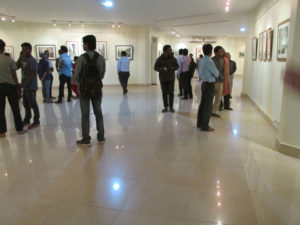
Its opening day and you are bound to have butterflies in your stomach. So go back to your checklist and complete all the little tasks you have noted there. Get ready and look your best. Be present at the gallery well in advance; at least two hours ahead of the opening time. Go around and see the arrangements. See how your works look on the gallery walls. Soak in the atmosphere and get used to your surroundings. This will help you calm down your nerves.
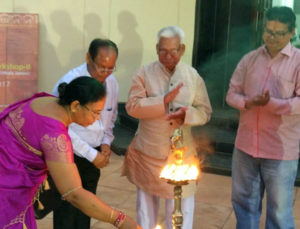
When the opening ceremony is over and the gallery is open for viewing there will be a lot of people wanting to talk to you to understand your art, just to say how good it is or may be even for buying a piece. Your job then naturally is to talk to such people. I have seen artists who would just continue talking to their friends, relatives and family. Of course you should talk to them also, but not at the cost of talking with a potential customer. Your art exhibition is not for your family and friends. They probably would have seen most of your works anyway. Your show is for rest of the world. So make yourself available for rest of the world during opening of your art exhibition. The best thing that you should be doing during the opening is to talk to as many people as possible, covert most of the interests into sales, build rapport with your viewers and network with other artists and buyers.
The Other Days
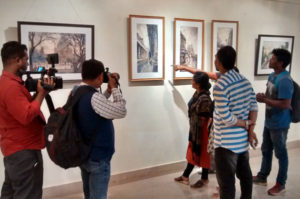
The opening day is generally very exciting. The gallery becomes crowded, buzzing with art lovers, artists, media, buyers and your friends and family. Everyone wants to talk to you. A few works also get sold. You have to oblige a lot of people by posing with them for a picture. Basically its a blast. Unfortunately the rest of the days are not like that. So your promotion has to continue during this time to pull people to your art exhibition. Keep distributing fliers, promote on social media, use radio and newspaper to keep reminding people that an awesome art exhibition is running in town. Planned activities like painting demonstrations and art talks also help in getting more crowd. Ask your friends to share pictures of the exhibition on all kinds of social media. Invite the students of nearby school to come and see your exhibition. Again there is no end to what you can do to get people into your art exhibition.
One important note. Keep checking your guest register everyday. Some people may have left a note for you for further business. Contact such persons immediately.
Wrapping Up
When people buy your art check with them if they can let it hang in the gallery and collect it on the last day of the show. Most people would agree to it. A day before your show ends, just give a call to your buyers and remind them that they have to collect their paintings. On the last day when your buyers come to collect their paintings meet them and hand over the paintings to them personally.
In case some of the guests have not been able to come down to your exhibition its a good idea to drop them a message or call them. Announce on social media that its going to be the last day of your exhibition. Try your best to draw as many people as possible even on the last day.
When you finish your paperwork and financial transactions with the gallery don’t forget to collect the gate pass. Gate pass is basically a permit issued by the gallery to let you leave the premises with your works.
After your art exhibition is over get a good day’s rest. And then its time for some follow up. Go through your guest register check the comments. once again. Check if you have missed out any action item arising from there. Also collect all the contact information and store them at one place. Your contact list will be very helpful whenever you do any activity like a class, workshop or even another show. Start following up with any leads that you have got during the show.
Art exhibition is a process not only of showing your art to the world; It is a process of engaging with the world through your art. I hope this two posts would help you with organizing your first art exhibition. If not first then hopefully it will help you organize your show in a better way, so that you get maximum engagement with the rest of the world through your art.

